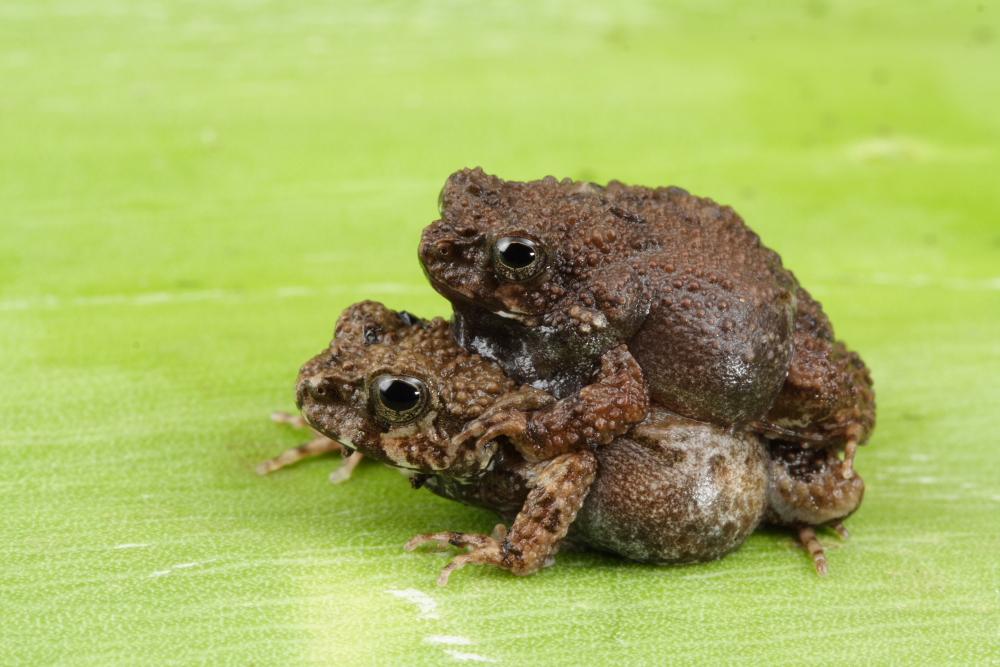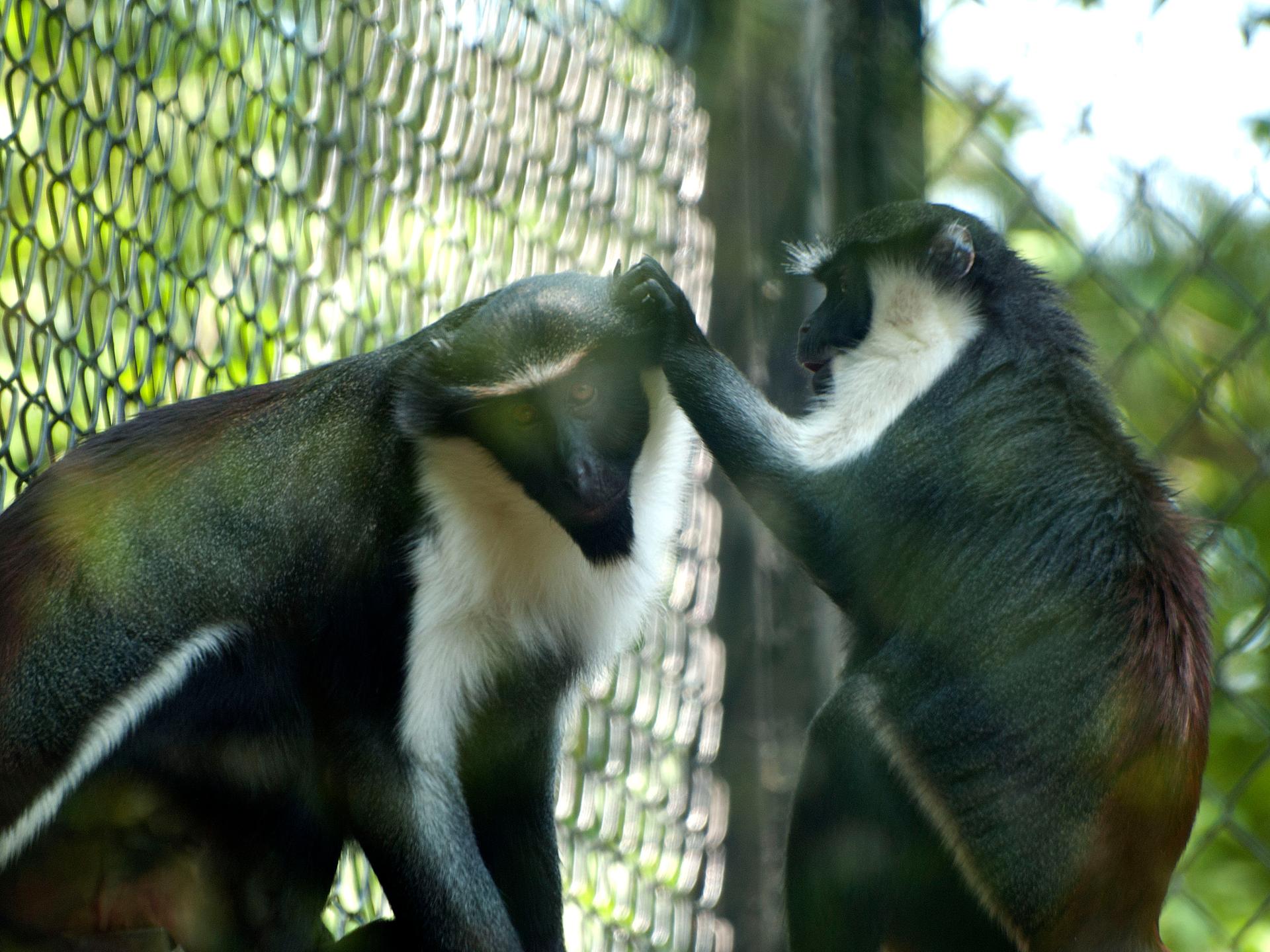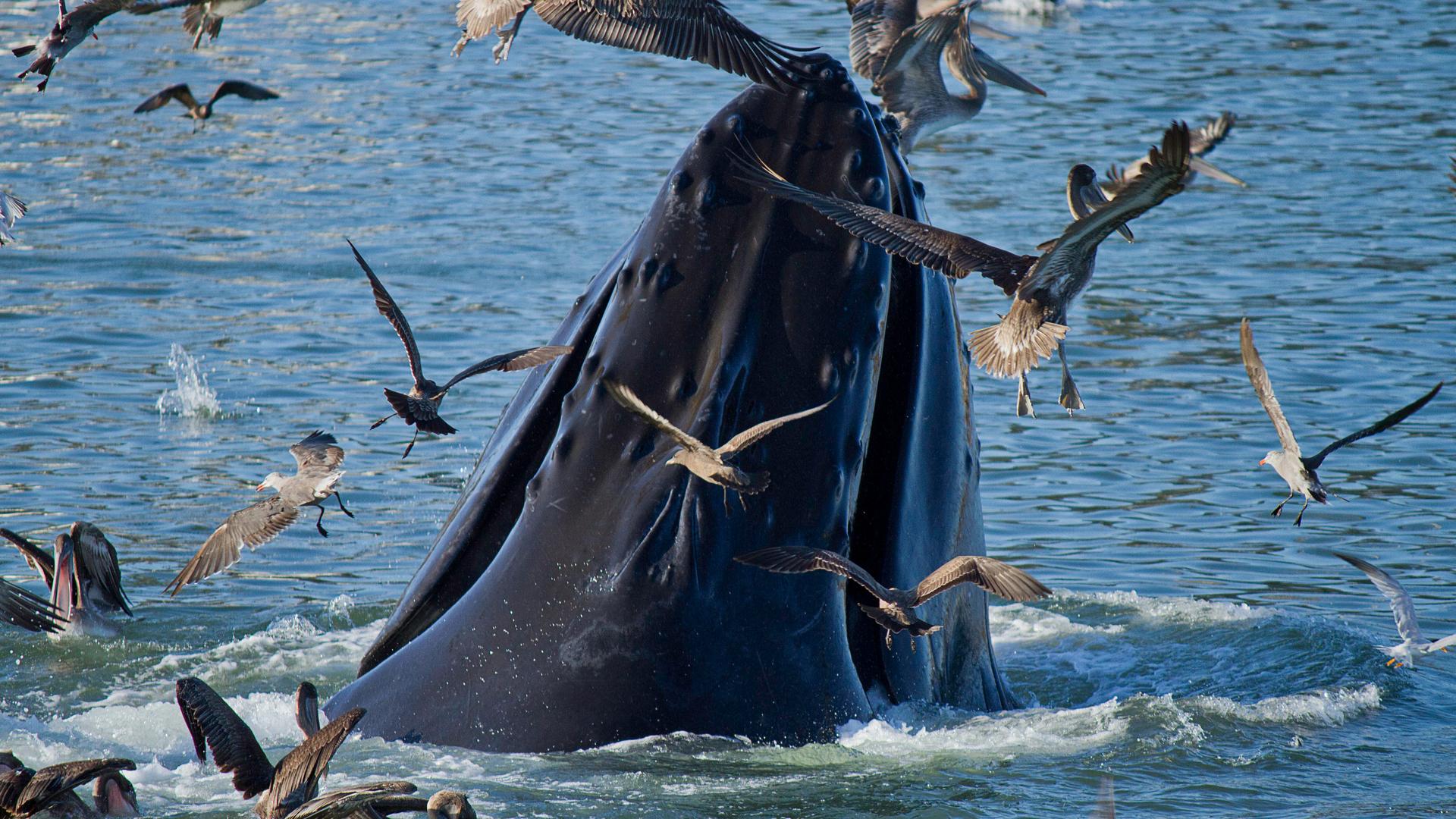If you could talk to the animals
What does humpback whale song mean?
Do you talk to your dog? Does your dog talk back to you?
Dr. Doolittle’s dream of talking to the animals is one many of us can share. But what do all of those howls and growls mean and is it really language?
This week on The World in Words podcast, NOVA’s Ari Daniel explores the communication of three different species: frogs, whales and monkeys.
If you want to continue to nerd out on animal communication, NOVA goes deep with a new series: Check out NOVA Wonders: What Are Animals Saying?
oembed://https%3A//www.youtube.com/watch%3Fv%3DP99CR4y-TYw%26feature%3Dyoutu.be
Podcast Contents:
00:19 RIP Ziggy, the beta fish

02:29 Mike Ryan is a herpetologist at the University of Texas at Austin. He studies Túngara frogs in the forests of Panama
03:50 How does a female frog mates with a male frog?
05:00 Túngara frog calls are made up of “whines” and “chucks”
06:00 Females are 5 times more likely to be attracted to a whine and a chuck
07:18 Why would male frogs ever just make a whine without a chuck if chucks are so attractive to females?
10:23 An army of frogs!
11:05 Ellen Garland is a marine biologist at the University of St. Andrews in Scotland where she studies humpback whale song
11:30 Only male humpback whales sing. All the male humpbacks within a population will all sing the same song at the same time
13:00 Humpback whale songs change over time and all of the males within a population will conform to these changes

13:50 Garland analysed whale song in the South Pacific over a period of 11-years and found an interesting pattern of how the songs change
15:36 A whale song might travel over 3500 miles from the west to the east
16:03 Are songs originating in the waters of Australia just more popular?
17:03 Are females a big influence on why animals communicate?
17:45 Claudia Stephan is a cognitive biologist at the University of Neuchâtel in Switzerland. She studies Diana monkeys in Ivory Coast and Sierra Leone
18:58 Diana monkeys are very vocal and have very specific alarm calls to warn against their predators eagles and leopards
20:30: Stephan tested whether these are alarm calls are hard wired into the monkeys or if they learn to associate them to predators over time
24:00 Are frog whines and chucks and humpback song and monkey calls language? What does this say about human language?
[[{“fid”:”203431″,”view_mode”:”default”,”type”:”media”,”link_text”:null,”field_deltas”:{},”attributes”:{“alt”:”Dr Dolittle 1967 Film Soundtrack \”Talk To The Animals” on YouTube”,”title”:”Dr Dolittle 1967 Film Soundtrack “Talk To The Animals””,”height”:360,”width”:480,”class”:”media-element file-default”,”data-delta”:”4″},”fields”:{}}]]
Listen to the podcast by clicking the play button above. Better yet, subscribe at Apple Podcasts.
